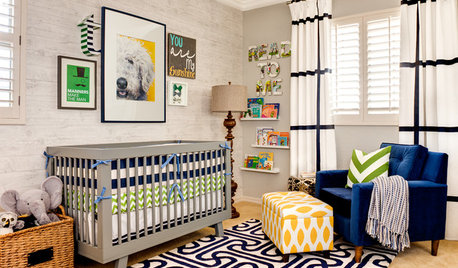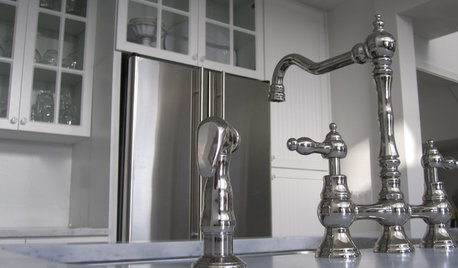Do you always use inoculant? Or never?
anney
14 years ago
Featured Answer
Comments (17)
farmerdilla
14 years agozeedman Zone 5 Wisconsin
14 years agoRelated Professionals
Reading Landscape Architects & Landscape Designers · Stamford Landscape Contractors · Cary Landscape Contractors · Hannibal Landscape Contractors · Northport Landscape Contractors · Richmond Landscape Contractors · Santa Ana Landscape Contractors · Sugar Hill Landscape Contractors · Oxon Hill Landscape Contractors · Shafter Landscape Contractors · Arlington Heights Decks, Patios & Outdoor Enclosures · La Palma Decks, Patios & Outdoor Enclosures · Medford Decks, Patios & Outdoor Enclosures · Rancho Palos Verdes Decks, Patios & Outdoor Enclosures · Villa Park Decks, Patios & Outdoor Enclosuresstevesd
14 years agoanney
14 years agoflora_uk
14 years agohappyday
14 years agoneohippie
14 years agoagrigirl
14 years agohappyday
14 years agotetrazzini
14 years agohappyday
14 years agoagrigirl
14 years agongrrsn
10 years agohementia8
10 years agocatherinet
10 years agohementia8
10 years ago
Related Stories

DECORATING GUIDES12 Spaces That Prove There’s Always Room for Books
Be inspired by the bookworms on Houzz who have won the book storage war
Full Story
Christmas Tables They'll Always Remember
Holiday Decorating: Make Your Gathering Special With a Beautiful Table Setting
Full Story
BATHROOM COLOR6 Bathroom Color Schemes That Will Never Look Dated
If you’d love to splash some color around your bathroom but fear it won’t stand the test of time, stick with these fail-safe combos
Full Story
MOST POPULARSo You Say: 30 Design Mistakes You Should Never Make
Drop the paint can, step away from the brick and read this remodeling advice from people who’ve been there
Full Story
DECORATING GUIDESLiving Room Features That Never Go Out of Style
These key pieces will help your living room keep its good looks, no matter what's in fashion
Full Story
KIDS’ SPACESSee an Arizona Nursery That’ll Never Get Old
Age appropriate but not childish, this baby boy’s room will grow with him without a redesign
Full Story
COLOR10 Color Combos You Never Thought Would Work
Orange and blue? Purple and green? Yes and yes. Unlikely pairings can look great if you do them right
Full Story
DECORATING GUIDES15 Home Decor Accessories That Never Disappoint
A designer's top go-to accessories can help tell your story, no matter what your home's style
Full Story
ARTBring In a View Like You’ve Never Imagined
See how art photographers turn a plain white wall into a magical window with a centuries-old camera technique — and how you could try it too
Full Story








booberry85